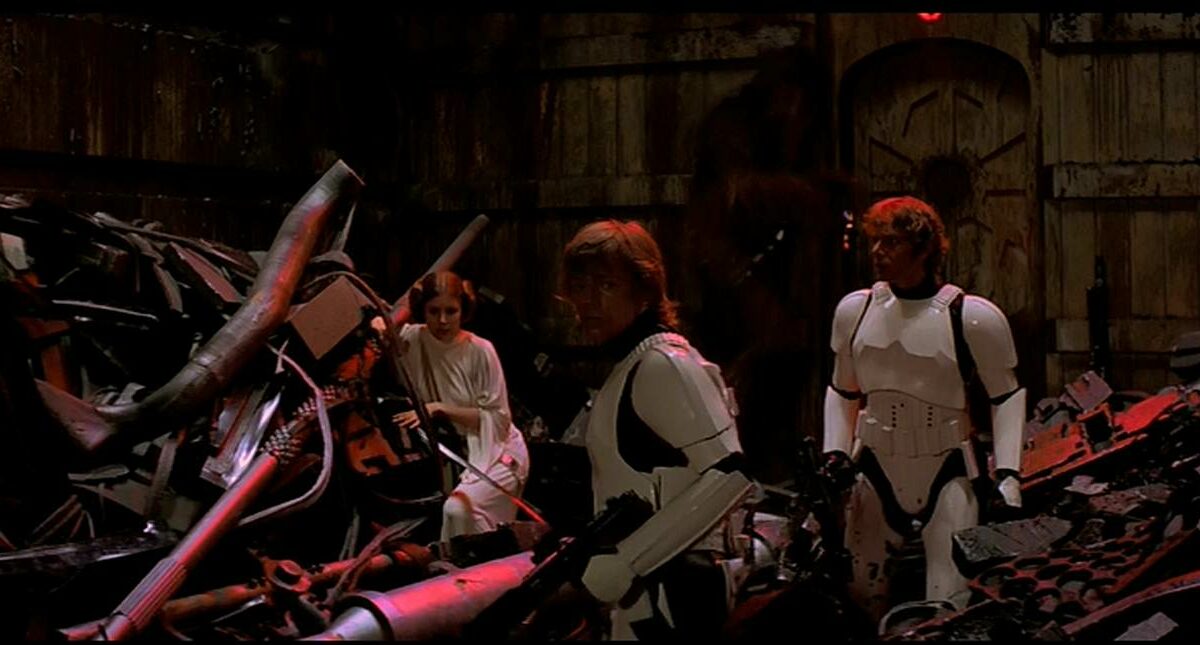We are born into story. From the moment we dive headfirst into the world we are anointed with a name, then told that we are a son, daughter, sister, cousin, grandchild, here’s your bed, here’s your room, this your house. You are part of a family, home, building, street, camp, neighborhood, town, city, metropolis, state, region, country, homeland, continent, on a planet circling a sun that swirls through a sprawling Universe.
We are given the names of things and told if they are good or bad. We start naming other things to identify them. We categorize and place everything into groups. We build our world until it becomes everything around us, surrounded by everything that is not. We identify things because until they are given a name, they are meaningless. Rosoudeae.
Everything that we know begins with a name, followed by a story. This is not just a rock. It is a particular kind of rock. It is an agate. It is a general name for microcrystalline quartz and moganite mineraloid (thanks for the names, Google). It is a moon rock. It is the rock that David used to kill Goliath. It is the rock of ages. (In 1923, Chicago Tribune newspaper correspondents all over the world were asked to send rocks from the places they were reporting from — the rocks they sent were embedded into the wall of the Chicago Tribune building on Michigan Avenue in Chicago. Today you can see carved stones from the Pyramids, the Great Wall of China, Jerusalem, Mayan temples on your walk to Starbucks. Even stones and walls have a story.)
Parents, teachers and society tell us how to fit into their world, how to become square pegs for their square holes. They smooth out the rough edges and tell us how to fit in, as they paradoxically heap adulations upon those who stand out. We’re told what we’re good at, what we suck at. If you’re lucky, you get a chance to unpack all that baggage and repack it. And still, they are just stories. (We even know stories of people who dropped out and became hugely successful, right?) Life is surrounded by a series of stories that you believe in and that help you to believe in yourself and in the world around you. Stories create personal worlds which are then woven together and become the social fabric.
There are the stories others tell us. And the stories we tell ourselves. Which ones weaken us and which ones make us stronger? Helpful or hurtful, they are just stories. If you don’t like the story, you can always stop the story and start a new one. Stories can be told but they can also be ripped apart, torn up and forgotten. Old stories can be replaced by other stories. New stories. I would submit that many of the social and mental health issues that people suffer from, are the result of believing in bad stories. Forget them.
Meaningful stories ping the rational and emotional parts of our brain that belong to millions of years of brain architecture.
Stories help things to make sense, they help us understand our world and our place within it. These stories become believable and are the hinge of a belief system: stories embedded with origin myth, creed, icons, rituals, lexicon, nonbelievers and leadership systematically wrap themselves around us and embrace our human core. They nurture us and we love them for it. If a great story is being told, we can’t get enough of it.
Sometimes people wake up and find themselves participating inside someone else’s story. Our culture teaches us to become job worthy. To get a good job. To apprentice ourselves. At the root of this narrow demanding tunnel, is the demand to attach ourselves to a career, to work — to deliberately and willingly disassociate ourselves from our own story and become a part of someone else’s story. Thing is, even if you have an amazing job at an incredible company, if you work at Ford, you are a part of Henry Ford’s story. You have a great job at Apple? Terrific, but you are filling out Steve Jobs’s story — helping to make his dent in the universe. (Spoiler: You might have created your own dent.)
This is fictionalized as the “midlife crisis”. The trick is to write your own story. Your freedom is self-reliance. Independence. Go your own way.
The story you build around yourself is that thing called “Brand.” Actually, your brand is the community of people who surround you. Because they tell the stories. And the same applies to products or services or concepts and ideas.
Everything that we give a name, if we want it to become meaningful, needs story. Without story, things have no context, no understanding, no meaning. People don’t understand you, much less care about you. Without story and the context story provides, you are irrelevant.
Think of a painting. It was merely splashes of paint on canvas until it was given a name: Abstract Expressionism. They were merely boxy, plain concrete structures until they were titled Brutalist. Low brow thrillers until they were labeled Pulp Fiction.
Words words words. Story upon story upon story. The outcomes are existential: Do we live in a “Matrix”? Is reality even real? Are we experiments of our own devising? Is there even a purpose behind purpose?
Our two million year old brains were designed to help us survive on forest trails and highland plains, killing spiders and woolly mammoths. Not bearing witness to light beams flashing at millions of cycles per second to create the seamless reality of mass communications.
The original tribal narratives were memorized and kept safe in the minds of storykeepers. During campfire circles and ceremonial events, the storykeepers recited the sacred words.
Stories were memorized line by line, generation after generation. Beowulf and The Iliad were memorized tales transferred to pen and paper, then to the printing press. Back in the day, students were forced to memorize President Abraham Lincoln’s Gettysburg Address. Last remnant of the ancients. As these singular and sacred tales have spawned into today’s mass communications and been bitstreamed across the mediaplex, our brains struggle to adjust and comprehend. Throw in magic realism, memes, misinformation, fake news and some Johnny Depp and you have a scramble.
So it goes: from tales memorized generation after generation, to multimedia bitstorms that we can’t remember an hour later. And the whelming continues.
Like legends of the tricky coyote, wise bear and fire starter of prior peoples, the Industrial Age created its own mythos. Paul Bunyan follows the mythos of John Henry, Big Bad John, Rosie The Riveter, GI Joe, Superman, Batman, James Bond and Marvel Action Figures; all examples of being good at your work. Each comes with a strong reason for being and forged work ethic — well knuckled templates for the working class. Those stories primed us for all-nighters and hackathons. Good job.
The Information Age and Age Of Superfictions has its own heroes and action figures. You know who they are.
Stories do not exist to fill the empty spaces or cracks in your timeline. Well, sometimes they do. Mostly they exist to teach or educate. Learn from riddles of the fox, owl and bear. Learn from Shakespeare. Learn from Sartre. Learn from Jesus. Learn from the Kardashians or the Cocomelons.
(Wait. Did someone whisper? Who just muttered “weaponized short attention span theater”? Siri, Cortana, the guy on your iPhone with an Australian accent: the algorithms are becoming modern storykeepers — telling you what they think you want to hear, with vast memories that remind them what you prefer to hear or what they want you to hear. Preferences can be deceiving.)
I’ve said this before but in case you missed it. When we are born, we plunge headfirst onto the planet with just two fears: the fear of falling and the fear of loud noises. Other fears are all story. Often, these stories are based on experience: Don’t touch the poison ivy. But others are conjectural: You’re stupid, fat, clumsy, a bad sport.
These are just stories. Stories that you can kill, shred, erase, rip up or burn on the beach.
Every person. Every place. Every thing is wrapped in story. What story is wrapped around you?
Contributed to Branding Strategy Insider by: Patrick Hanlon, Author of Primal Branding
The Blake Project Can Help You Craft A Brand Advantage In The Strategic Brand Storytelling Workshop
Branding Strategy Insider is a service of The Blake Project: A strategic brand consultancy specializing in Brand Research, Brand Strategy, Brand Growth and Brand Education




